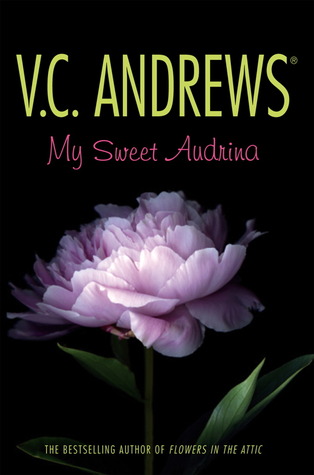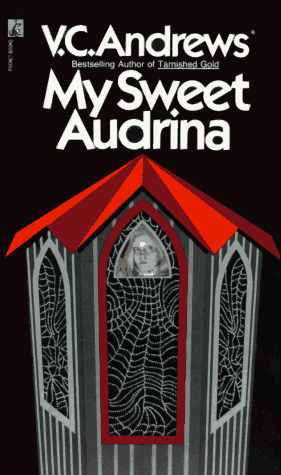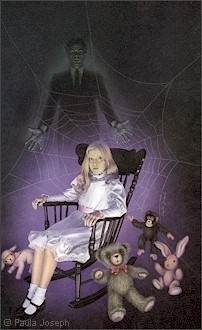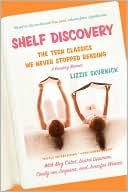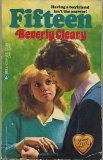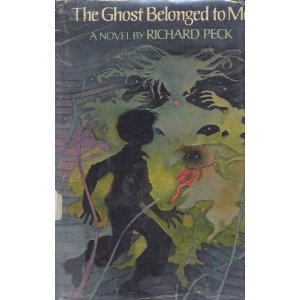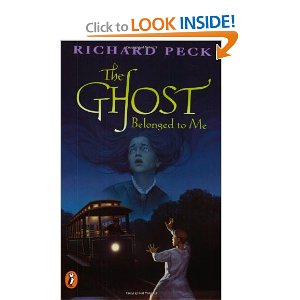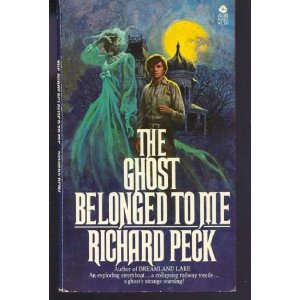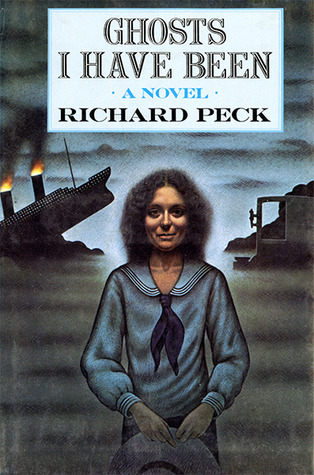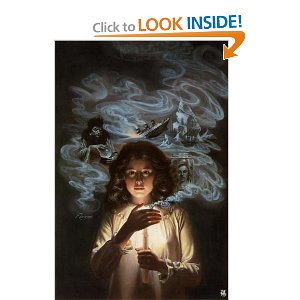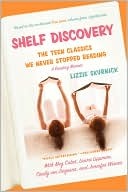[As part of the Summer of Shelf Discovery Readalong, I've asked a few friends to contribute guest posts, as Lizzie Skurnick had guest writers in the book. This week it's my friend Amy Rea who writes both on Shelf Discovery's Chapter 10 and one of the books from it, Flowers in the Attic.]
So here we are, Chapter 10 of Shelf Discovery, “Panty Lines: I Can’t Believe They Let Us Read This.” These are the books that we read furtively, somewhat ashamed, more than a little titillated, and to this day, wonder why our mothers didn’t know/didn’t find out/didn’t take them away.
Skurnick makes the point that many of us learned a bit about the birds and the bees from reading these books. In my case, it wasn’t quite enough. Sex ed back in my day was nonexistent in school; my mother’s version was to give me a pamphlet she’d been given during her teens (the 1940s), tell me to read it, and ask her if I had any questions.
You can just imagine how well a pamphlet from the 1940s explained the mechanics of sex. Not.
So when I started reading books like Kathleen Woodiwiss’s The Flame and the Flower and Rosemary Rogers’s Sweet Savage Love, I was puzzled by many things. What was with the arching of the back? What was this business about being “entered”? And like many a preteen girl before me, I had no intention of asking my mother.
Who knows how long I would have remained ignorant had I not discovered, while digging through the attic looking for something else, a deeply buried box of books that were, shall we say, much clearer in the mechanics of sex than Dames Woodiwiss and Rogers. A couple of those books and I was thoroughly educated. Everything suddenly made sense.
Except for why that box of books was in my attic. So I asked my mother (sure, I could ask her that), who was horrified to learn of my discovery. Seems that my godfather (oh, the irony) had given my parents this box of books, thinking they’d enjoy them. My father, not at all–my mother, it was way too much for her. They were excruciatingly embarrassed by the books, so much so that they couldn’t even bear to take them to the dump, and instead buried them in the attic, thinking I’d never find them.
Silly me. I should never have asked. The box disappeared, and to this day I have no idea where it went. Maybe they buried it in the woods or dropped it in the middle of Gull Lake.
Among the many books from this chapter that I read in my early teens is another that I don’t necessarily think my mother would have approved of, if she’d ever read it herself.

I read a lot of supernatural books as a kid, and I think my mother looked at the cover of this one and thought it was just another ghost story. It’s certainly creepy, but not in a supernatural way.
If you’re not familiar with it, spoiler alert–Flowers in the Attic is the story of the Dollanganger kids, all four of them locked into an attic while their widowed mother tries to persuade her estranged father that he should give her the enormous inheritance he’d taken away from her when she married her half uncle. Incest apparently runs in the family, because after a couple of years of being locked up, the older two kids find themselves looking at one another in a less than sisterly/brotherly way.
Where to start with how awful this book is? I remembered the brother-sister incest, but not that the actual act of sex is pretty much a rape; I didn’t remember that the mother behaved so inappropriately around her teenage son: “Directly in front of the sofa, our mother spun around and the black chiffon of her negligee flared like a dancer’s, revealing her beautiful legs from feet to hips.” Mom! Boundaries! And that’s before she draws her son’s head against her “creamy, smooth breast”.
The writing is beyond dreadful. What 14-year-old boy talks like this?
To us, our mother is only our mother. To others, she is a beautiful, sexy young widow who is likely to inherit a fortune. No wonder the moths all come swarming to encircle the kind of bright flame she is.
And the kids’ mother and grandmother–good lord, “gothic” doesn’t even begin to describe it. The grandmother is a religious fanatic who definitely does not believe in sparing the rod, and the mother is essentially a selfish wench, increasingly detaches from her kids, who are stuck in the attic while she parties and eventually remarries.
Which is why it gave me pause when I saw that author V.C. Andrews dedicated this book to her own mother.
Even creepier, if this is even remotely accurate, this site claims that Andrews didn’t consider the book fully fiction
And finally, creepiest of all, in spite of the cringe-worthy nature of the topic, in spite of the fact that it’s way over the top and the writing is dead awful, somehow I really want to read the sequel.
[Editor's note: Don't do it, Amy. Nothing like closure happens till book four, and they get increasingly weird and awful.]
Amy C. Rea blogs at New Century Reading and A Closer Look at Flyover Land.
This post copyright 2012 Amy C. Rea.
